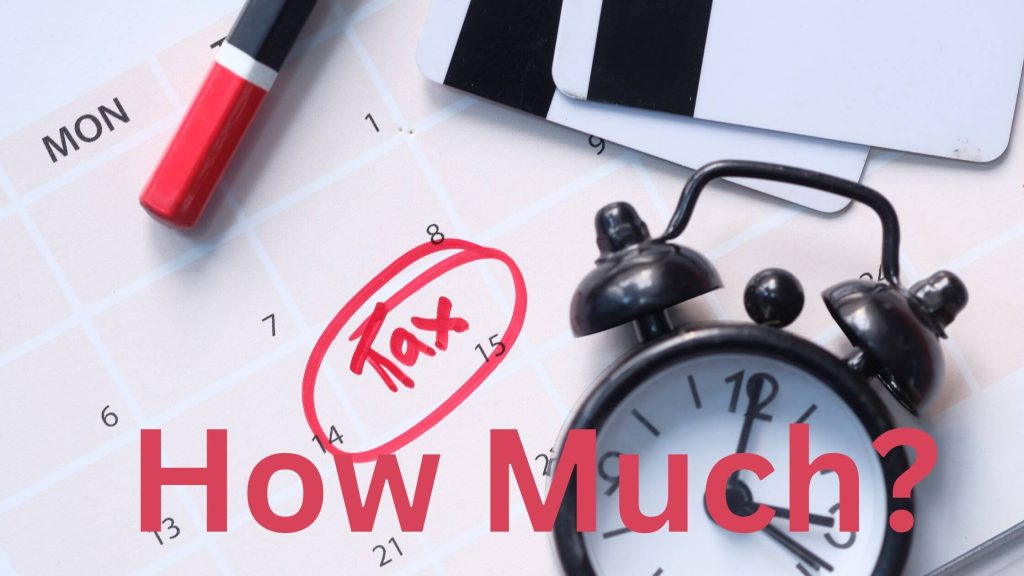Introduction:
Value Added Tax (VAT) is a significant component of Kenya\’s tax system, contributing to government revenue and supporting public services. This consumption tax is levied at various stages of the supply chain, ultimately impacting the end consumer. In this blog post, we’ll delve into the details of who pays VAT in Kenya and how the system operates.
- VAT Basics in Kenya: VAT is a consumption tax that is imposed on the value added at each stage of the production and distribution chain. It is governed by the VAT Act in Kenya, which outlines the rules and regulations surrounding the taxation of goods and services.
- Businesses as Intermediaries:In Kenya, businesses play a crucial role in the VAT system. They act as intermediaries responsible for collecting VAT on behalf of the government. When businesses make sales of taxable goods or services, they add VAT to the selling price.
- VAT Collection Process:The VAT collection process involves businesses collecting the tax on their sales and keeping a record of the VAT charged. This collected VAT is not a cost to the business; instead, it represents the tax liability of the end consumer.
- VAT Registration: Businesses that meet certain criteria are required to register for VAT with the Kenya Revenue Authority (KRA). Once registered, they are obligated to charge and collect VAT on taxable supplies. This registration threshold is reviewed periodically by the tax authorities.
- Exemptions and Zero-Rated Supplies: Not all goods and services are subject to the standard rate of VAT. Some items may be exempt or subject to a zero rate. Exempt supplies are not taxed, while zero-rated supplies are taxed at a rate of 0%, meaning that businesses can still claim input tax credits for related expenses.
- End Consumer as the Ultimate Payer: While businesses collect VAT, it is essential to understand that the ultimate burden of the tax falls on the end consumer. Consumers pay VAT when they purchase goods or services, as the tax is included in the selling price.
- VAT Returns and Remittance: Businesses are required to file periodic VAT returns with the KRA, reporting the VAT collected and paid. The net VAT liability is then remitted to the tax authorities. This process ensures transparency and compliance with the tax regulations.
- Impact on Prices and Affordability: The pass-through nature of VAT means that any increase in VAT rates or additional taxes can affect the prices of goods and services. This, in turn, can have implications for the affordability of essential items for consumers.
- Conclusion: In conclusion, the VAT system in Kenya involves businesses collecting tax at various stages, with the end consumer ultimately bearing the tax burden. Understanding the intricacies of VAT is crucial for businesses and consumers alike, as it influences pricing, compliance, and the overall economic landscape. Stay informed, and navigate the world of VAT with clarity in Kenya.

